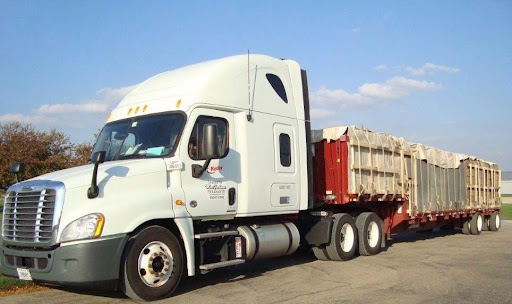When the cost of input goes up, the cost of producing goods increases. MacFarlane Pheasants hatches more than 1.5 million chicks each year and sells more than 400,000 mature pheasants. We also raise White Pheasants for our Food Products Division. With nearly all product prices rising, it is imperative to lock in the input costs for raising birds.
Once we know the costs of raising the birds, we are in the best position to price them for our customers. If we don’t lock in the input costs in advance, we are gambling with our profits and risk losing money on our birds. In some markets, prices can be raised mid-season, but it does not work that way in the pheasant business. We give our customers quotes before they place their orders.
Some of the inputs that we can get locked in:
Propane
Energy prices have fluctuated a lot in recent years, and we don’t want to be on the wrong side of the price swing.
Feed
Commodities have been ridiculously volatile over the last year. Feed is easily up $100 per ton over last year, which drives the price of the birds up by $1. Feed (and labor) are the highest cost associated with raising birds. We never assume markets and feed can’t go any higher!
Fuel
It takes lots of fuel to deliver the birds, so we lock in our prices when we can.
Labor
It’s a good idea to give any raises or bonuses before the season starts so we can accurately estimate our labor costs.
As everyone is feeling the pinch from a changing economy, so are we. Being as prepared as possible to meet the challenges helps us to be able to offer our customers the best prices possible.
